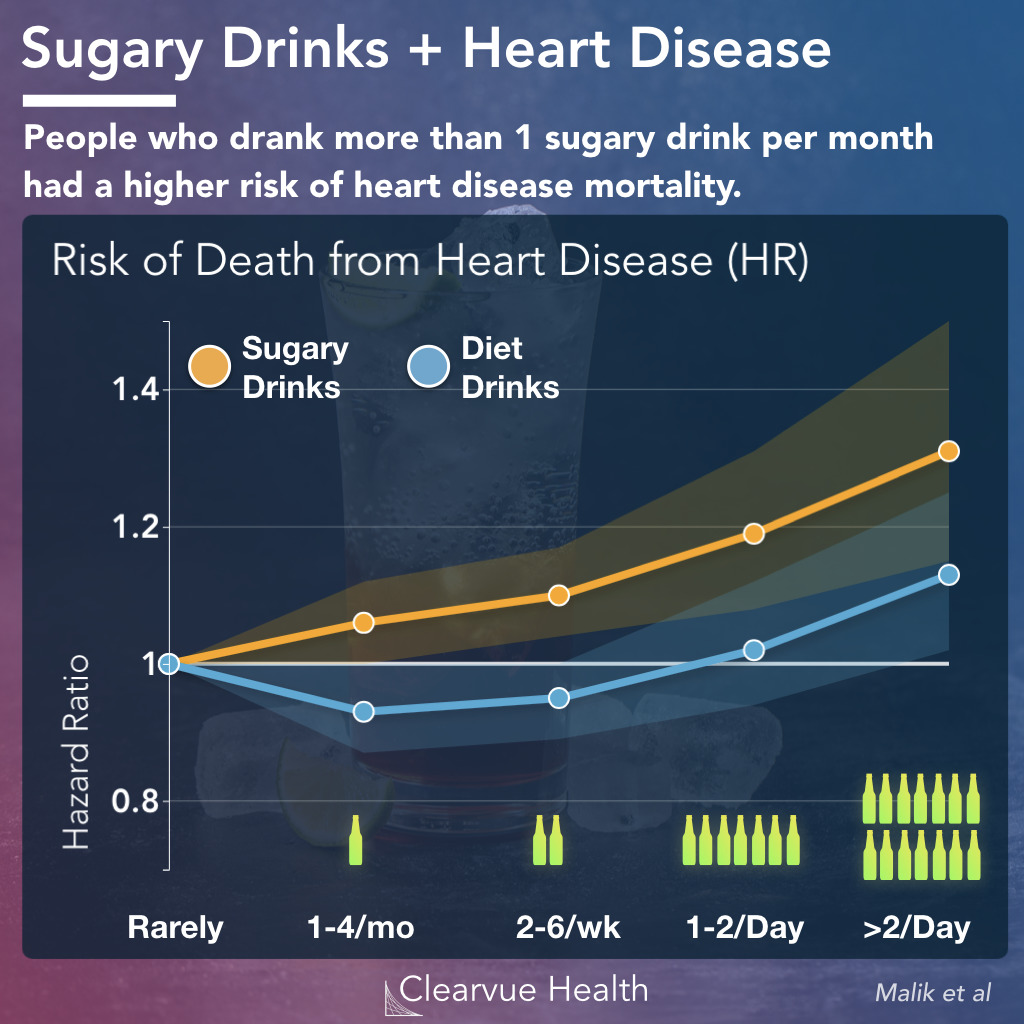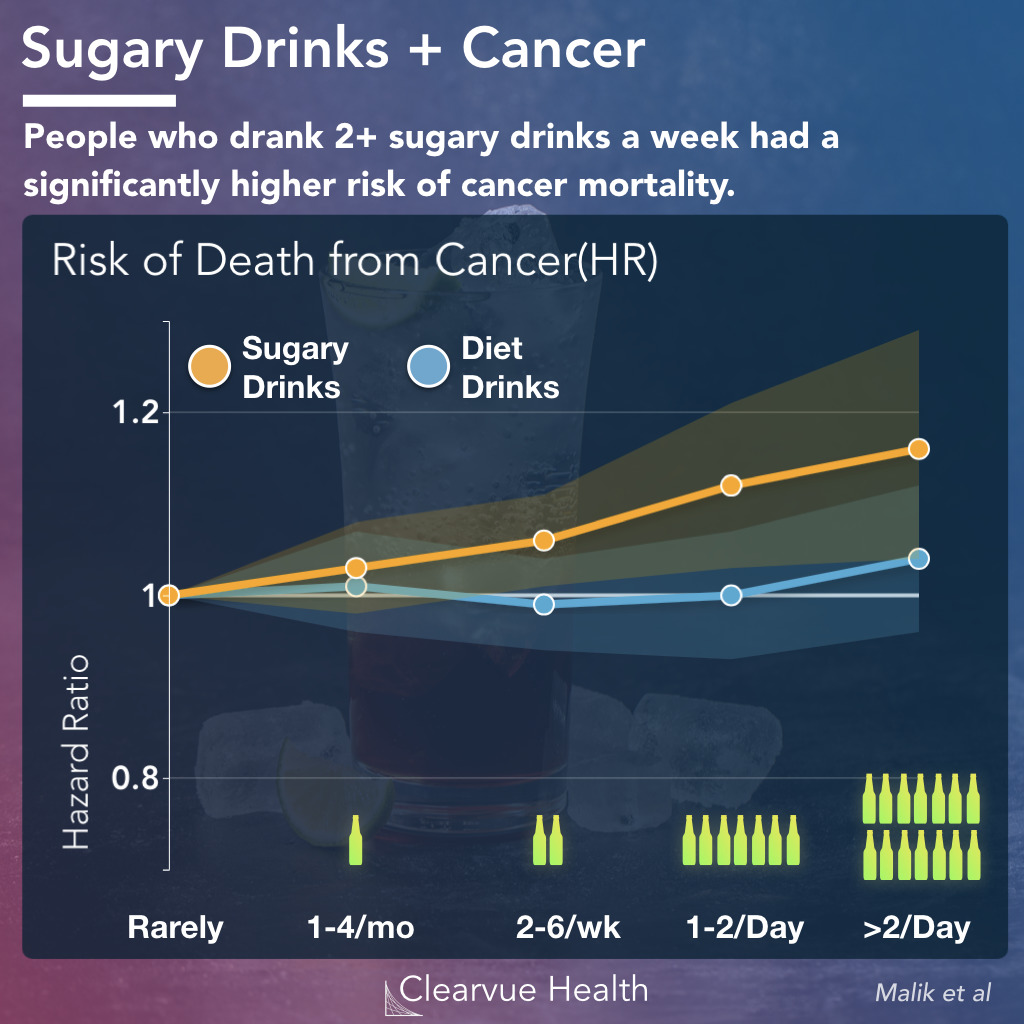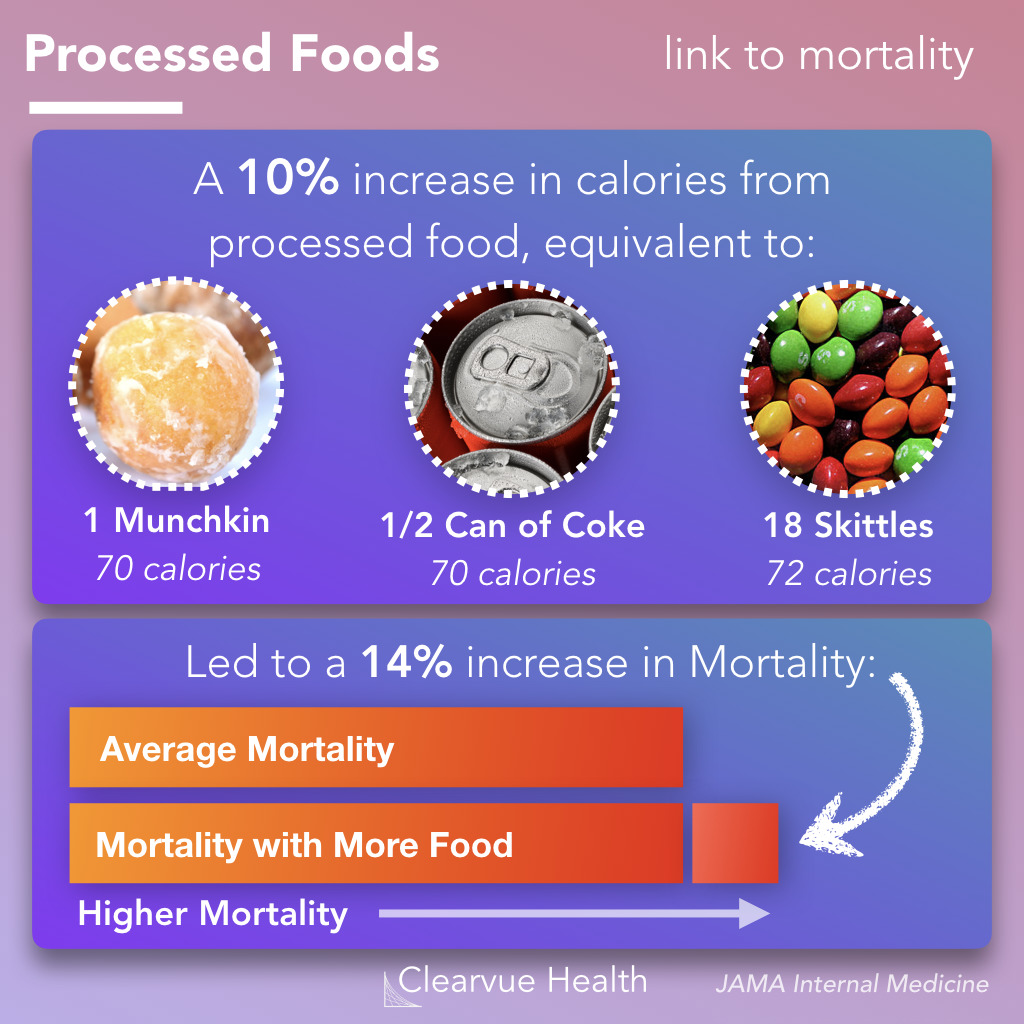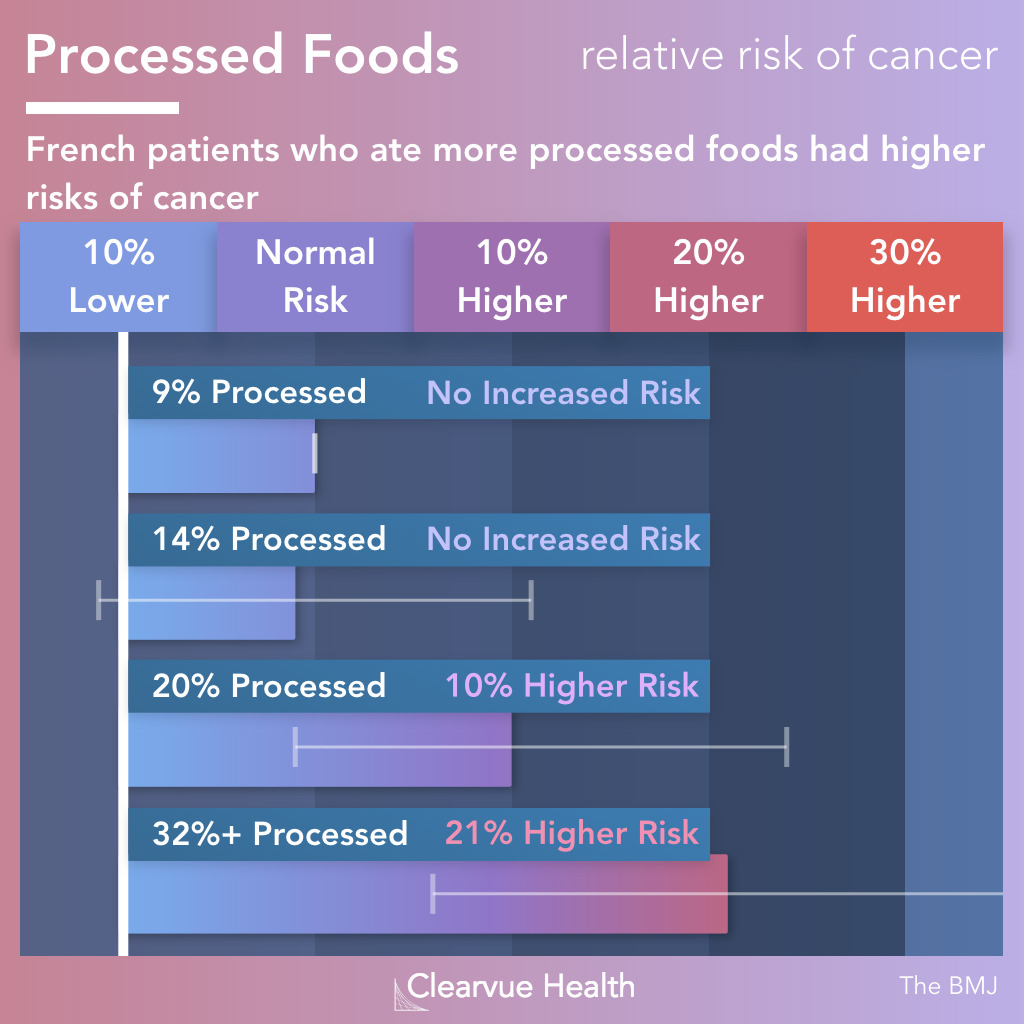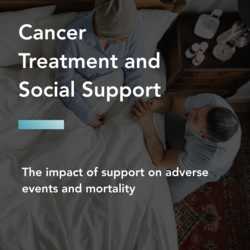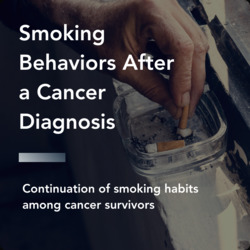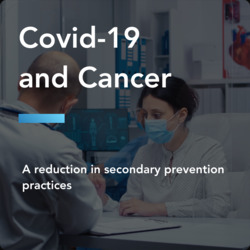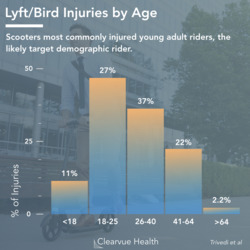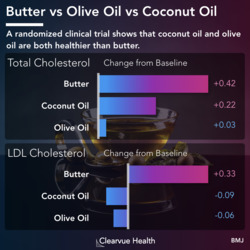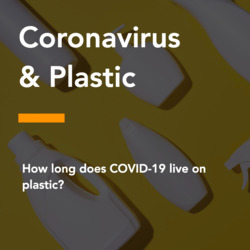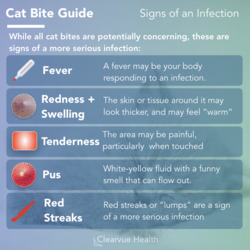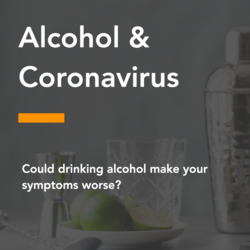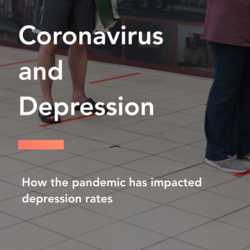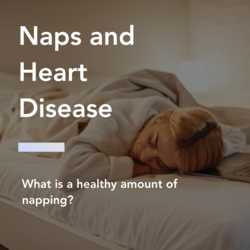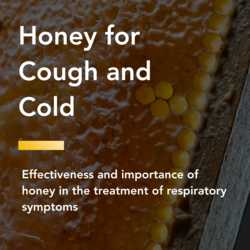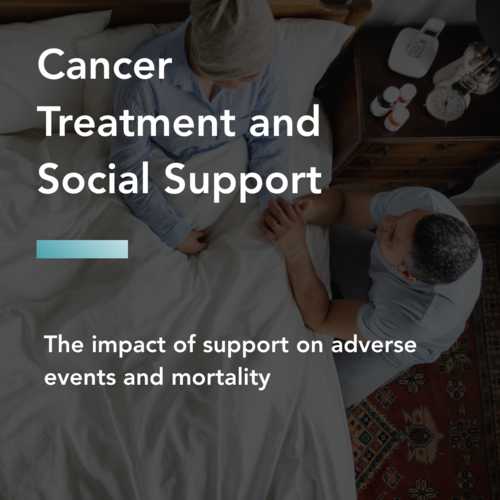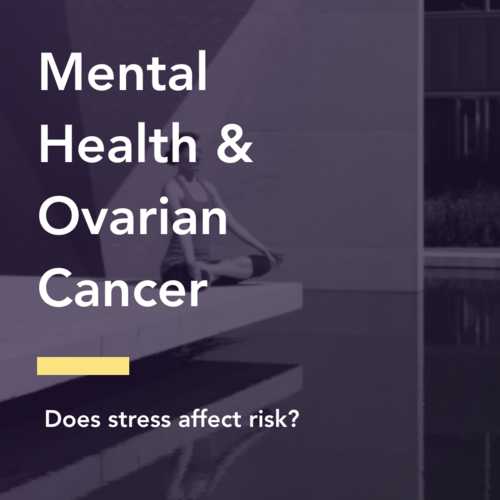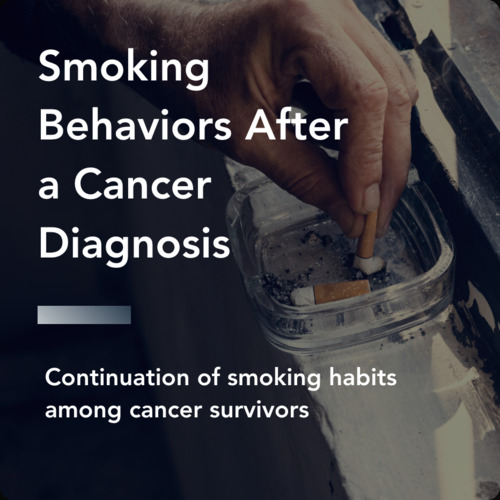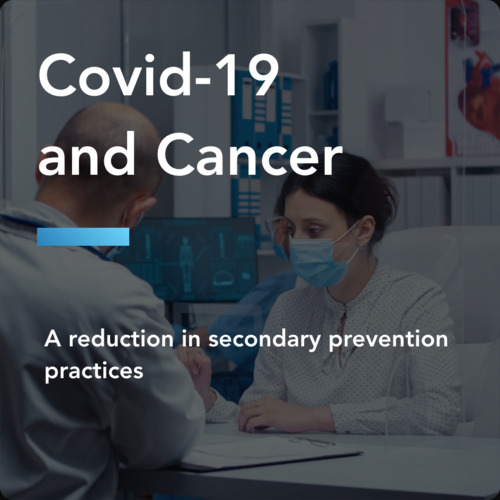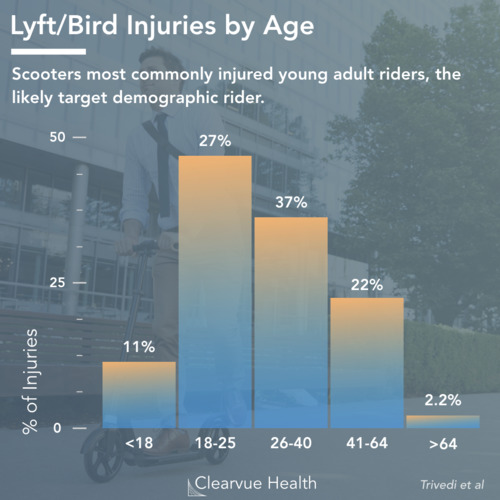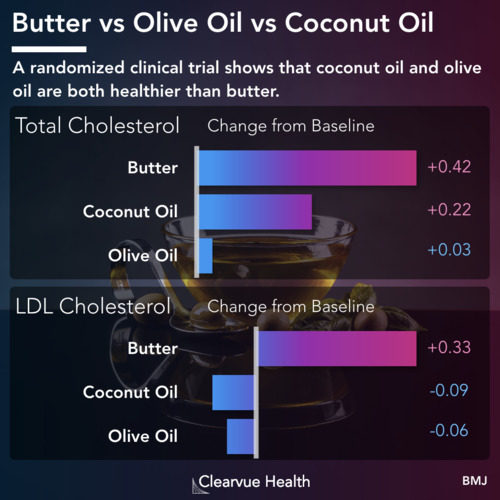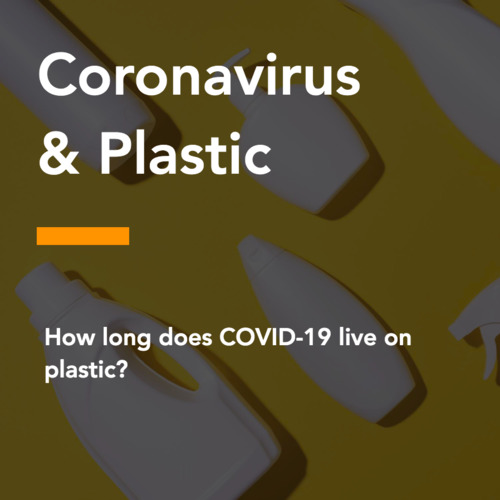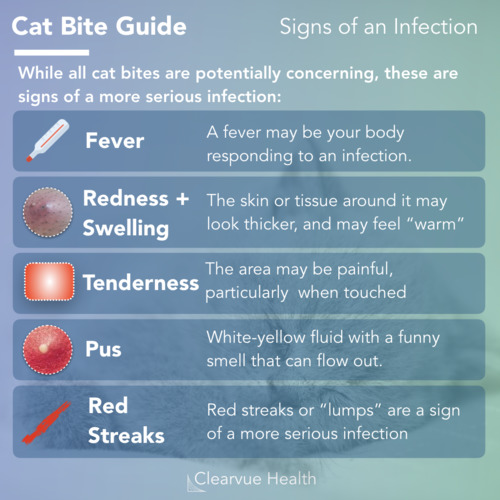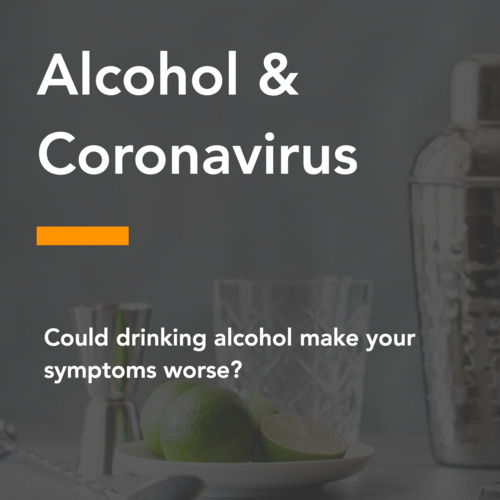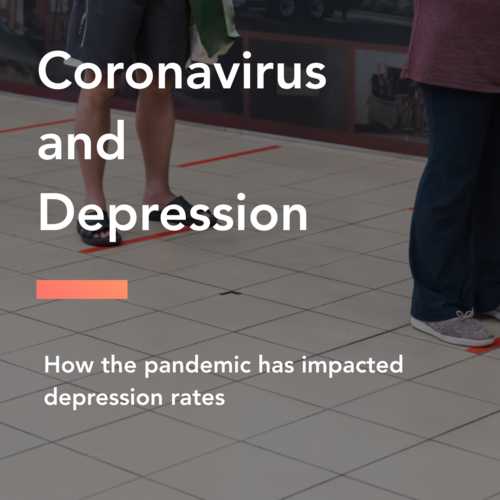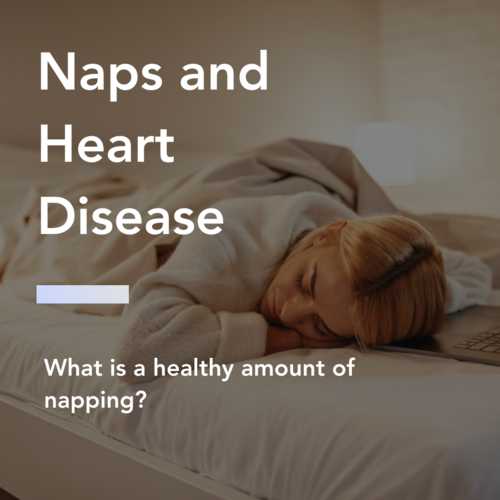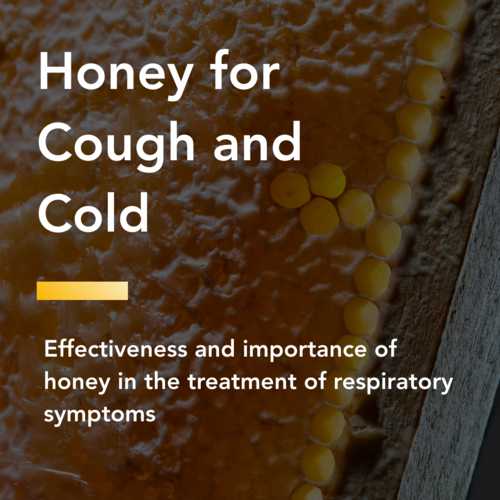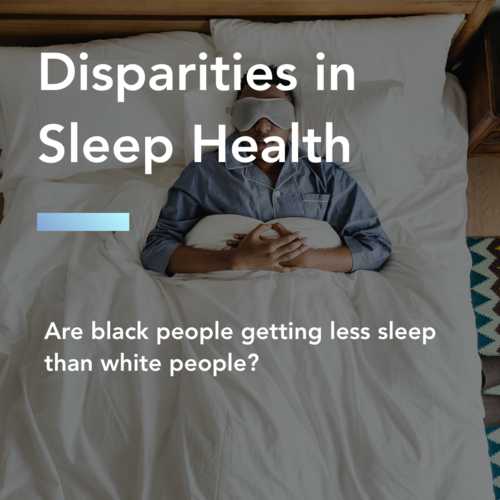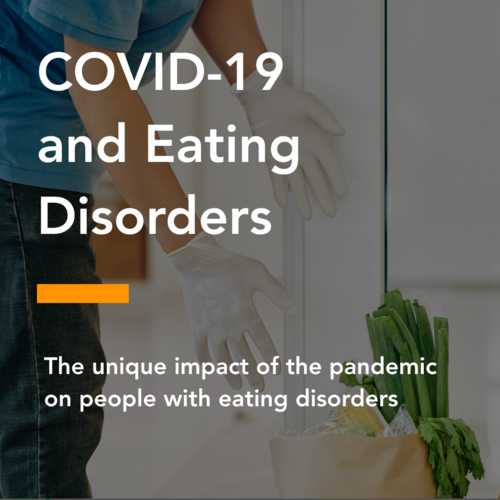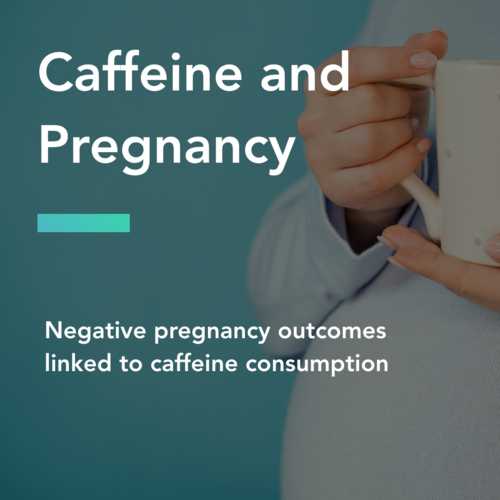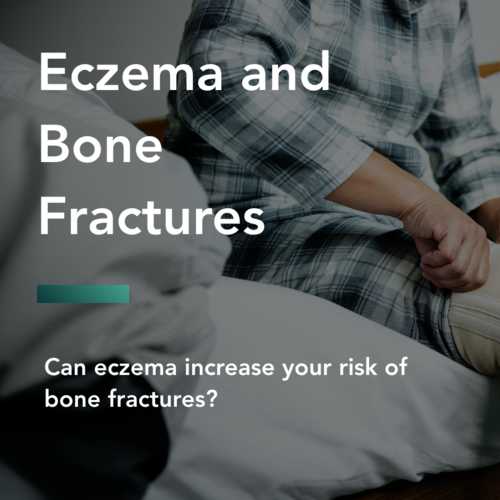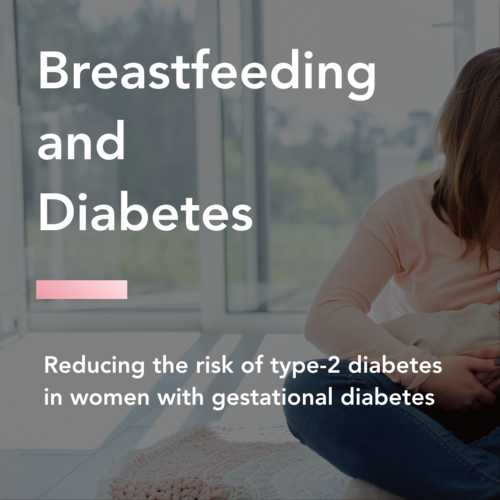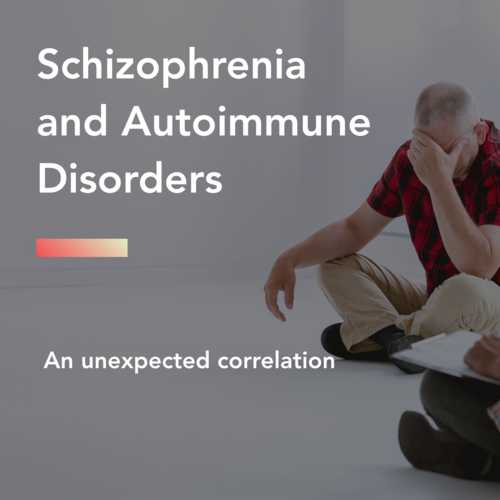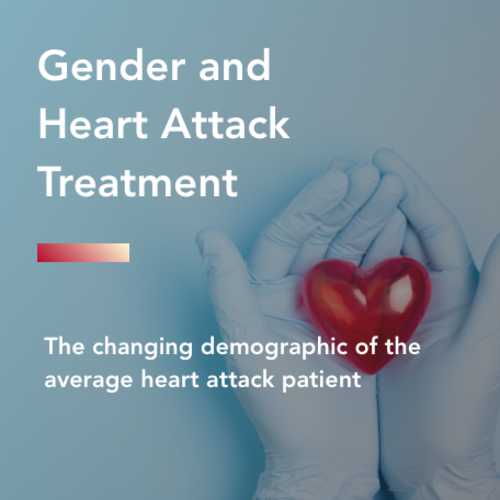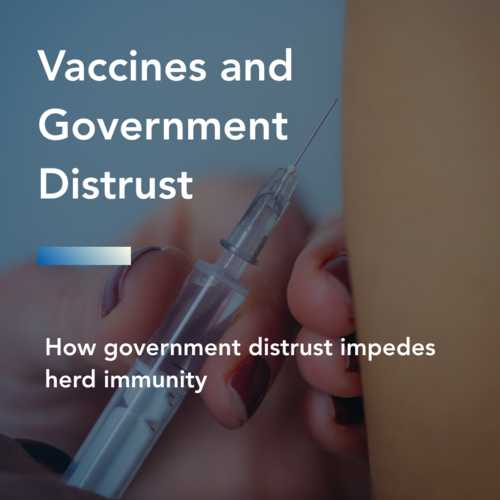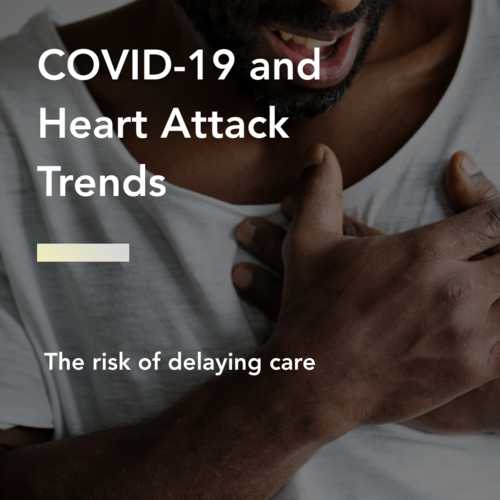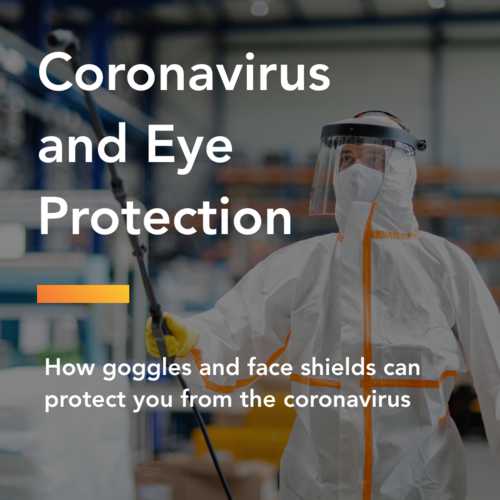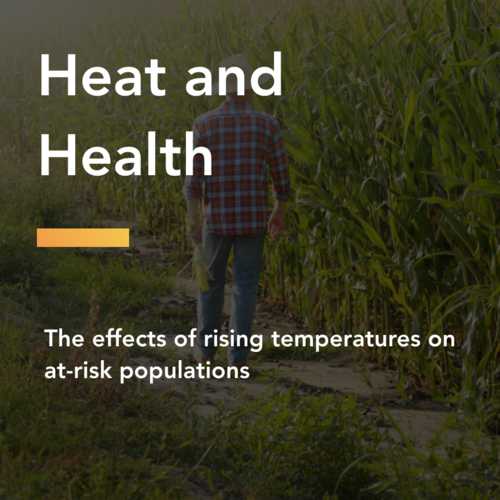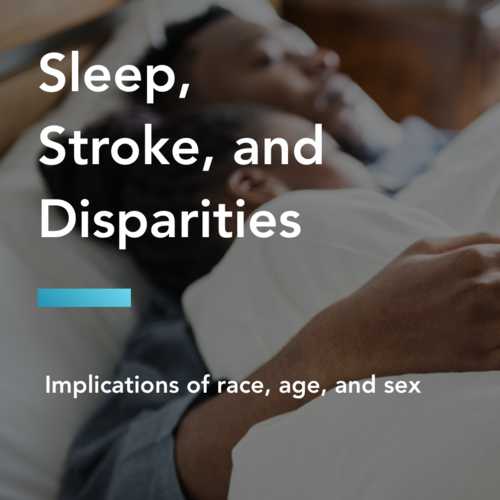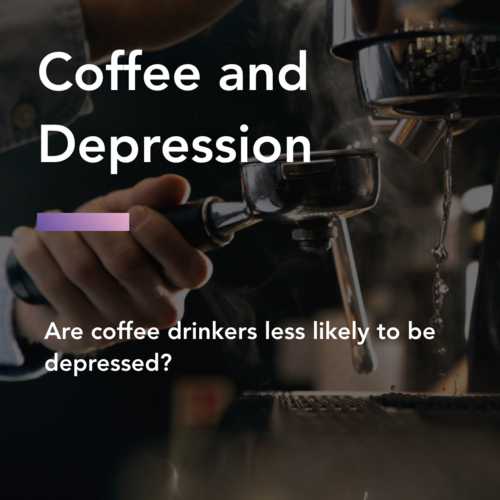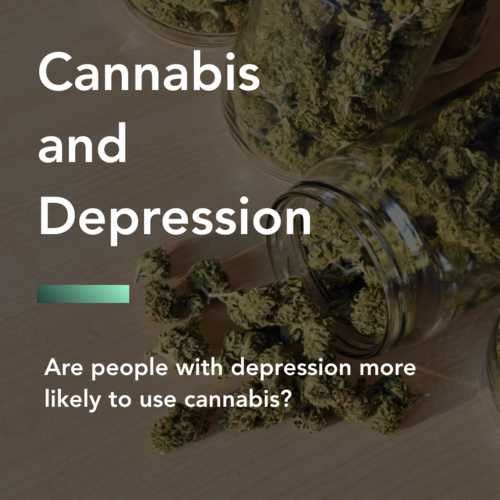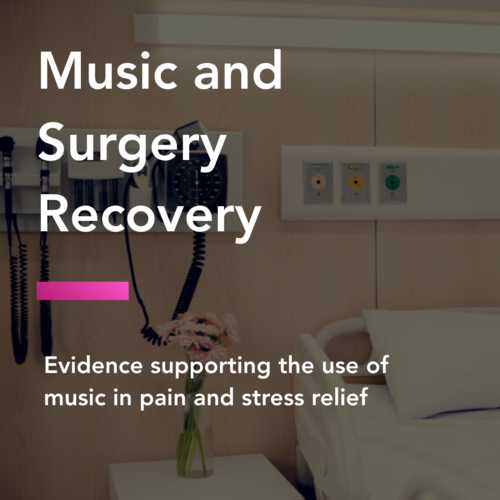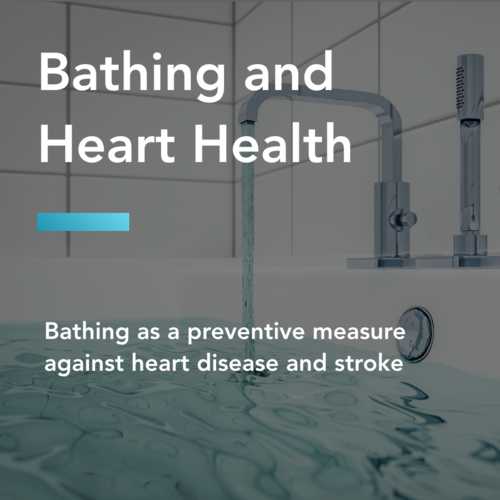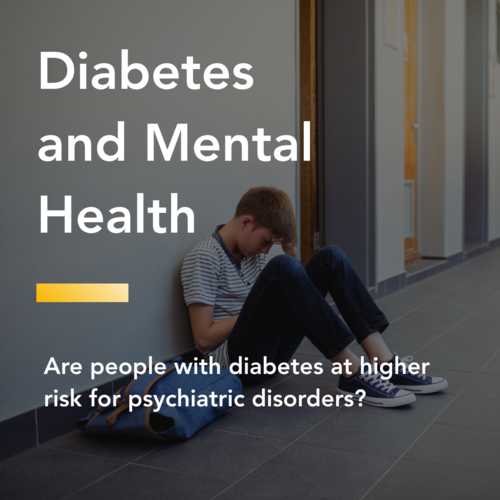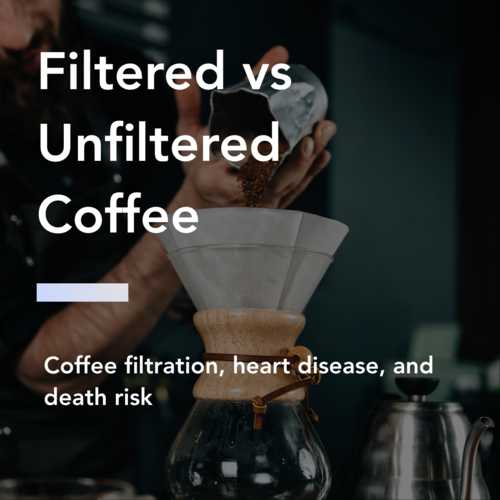Tanning Beds and Melanoma Risk
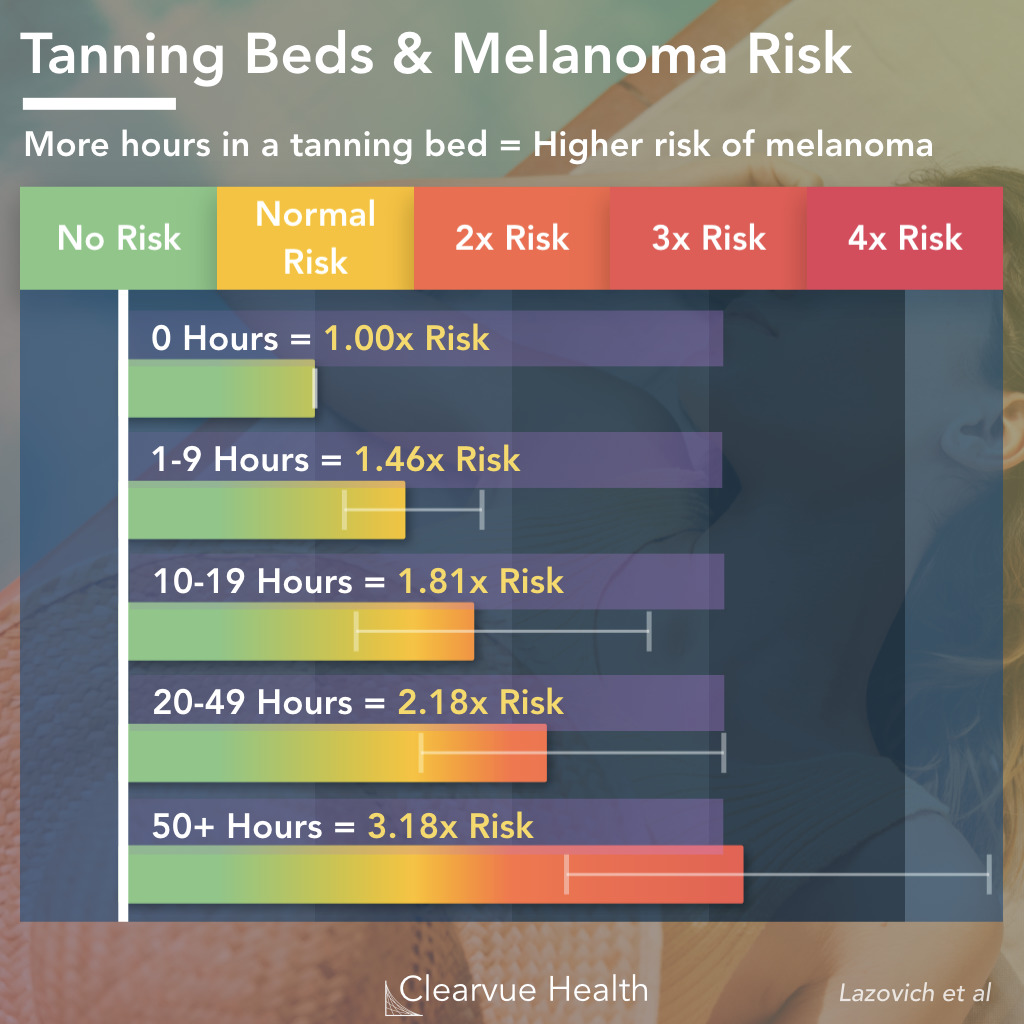
Figure 1: Tanning Beds and Melanoma Risk. Melanoma risk increases with total number of hours spent in a tanning bed. Colored bars represent the estimated Odds Ratio of melanoma compared to individuals who spent no time in a tanning bed. Grey bars represent the 95% Confidence Interval for the odds ratio. Risk estimates were adjusted for age, income, education, skin color, freckles, sun exposure, and sunscreen use among other factors.
Tanning beds help you look great, but new research is showing that they may also increase your risk of cancer. Most worrisome is the increased risk of melanoma, one of the deadliest skin cancers.
Women who have spent more than an hour tanning in their lifetimes have nearly 50% higher odds of developing melanoma. This increases with more time spent tanning. Individuals who spent more than 50 hours in a tanning bed had an estimated 318% higher odds of developing melanoma.
Source: Indoor tanning and risk of melanoma: a case-control study in a highly exposed population.
Melanoma is a type of skin cancer that comes from the pigment cells within your skin. Among skin cancers, it tends to be one of the most aggressive and deadly.
Tanning Bed Melanoma Risk and Age Initiated
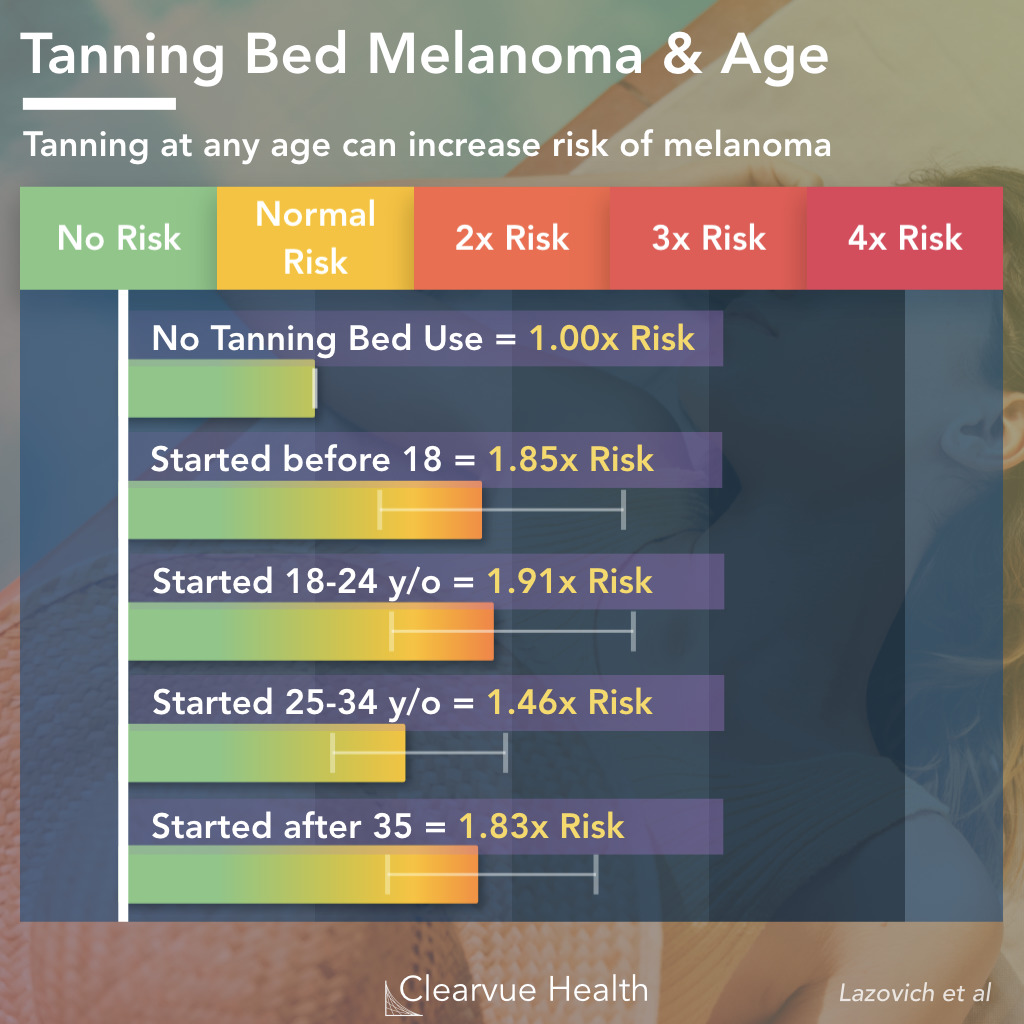
Figure 2: Tanning Bed Melanoma Risk and Age Initiated. Starting to tan at any age increases risk of melanoma. Researchers found no significant differences in risk based on age started. Colored bars represent the estimated Odds Ratio of melanoma compared to individuals who spent no time in a tanning bed. Grey bars represent the 95% Confidence Interval for the odds ratio. Risk estimates were adjusted for income, education, skin color, freckles, sun exposure, and sunscreen use among other factors.
Some studies have suggested that risk of melanoma is higher for people who start tanning in their youth compared to people who begin tanning when older
However, this study found that individuals are at significantly elevated risk when starting at any age. Whether you are under 18 or older than 35, hopping in a tanning bed increases your risk of melanoma.
Tanning Bed Melanoma Risk and Years Tanning
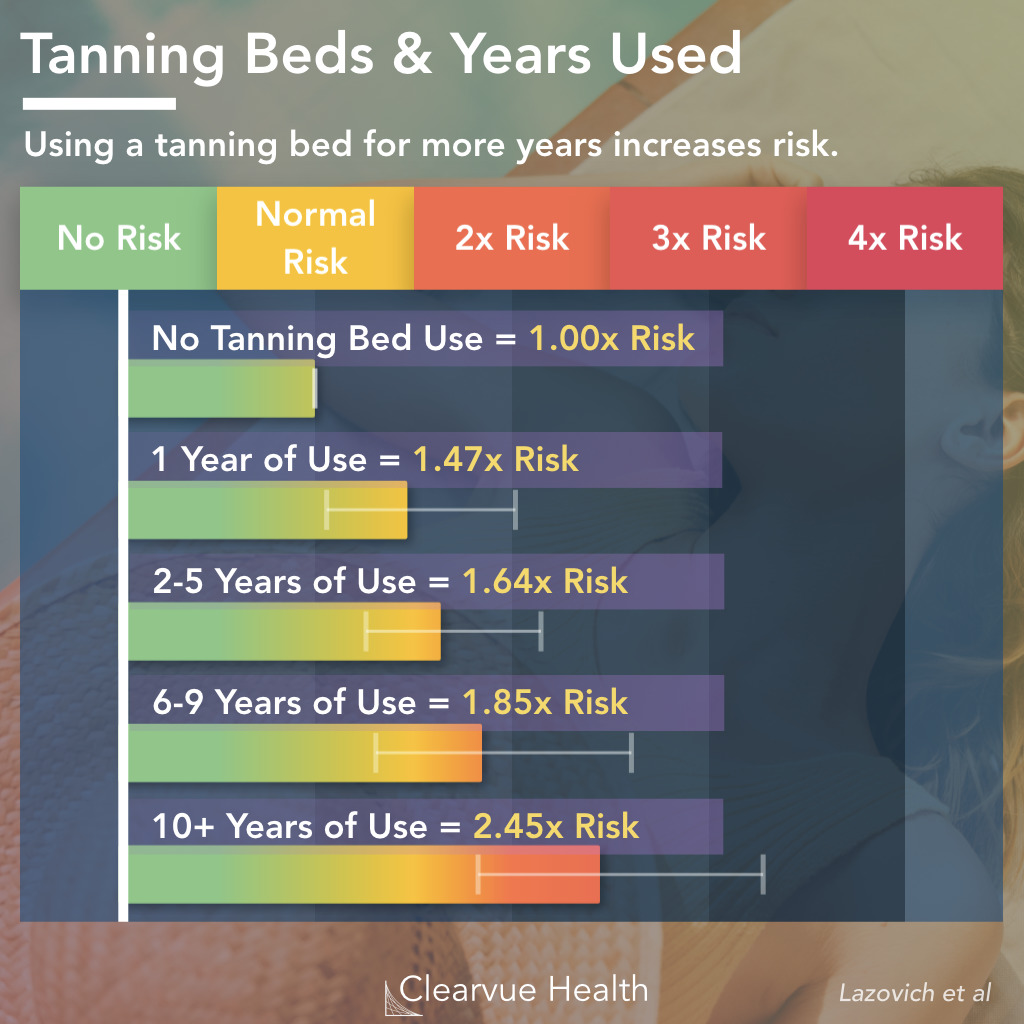
Figure 3: Tanning Bed Melanoma Risk and Years Tanning. Risk of melanoma increases with the total cumulative years spent tanning. Colored bars represent the estimated Odds Ratio of melanoma compared to individuals who spent no time in a tanning bed. Grey bars represent the 95% Confidence Interval for the odds ratio. Risk estimates were adjusted for age, income, education, skin color, freckles, sun exposure, and sunscreen use among other factors.
Unlike age which did not affect risk, researchers found that the total number of years spent actively tanning correlated with risk. If an individual used tanning beds across many years, they would have a higher risk of developing melanoma than an individual who only used it for a year or two before stopping.
Someone who used tanning beds over 10 years or more would have 2.45x the odds of developing melanoma compared to someone who had never used a tanning bed.
The authors of this study believe that this may account for why previous studies found that starting earlier increased risk of melanoma:
“
Our study was designed to specifically evaluate indoor tanning use initiated at any age. And by simultaneously accounting for duration of use among indoor tanners, our analysis indicates that early age exposure is most likely a marker for cumulative exposure, the reason for an excess risk of melanoma, not that younger individuals are at increased susceptibility to the effects of ultraviolet radiation.
Tanning Bed Type and Melanoma
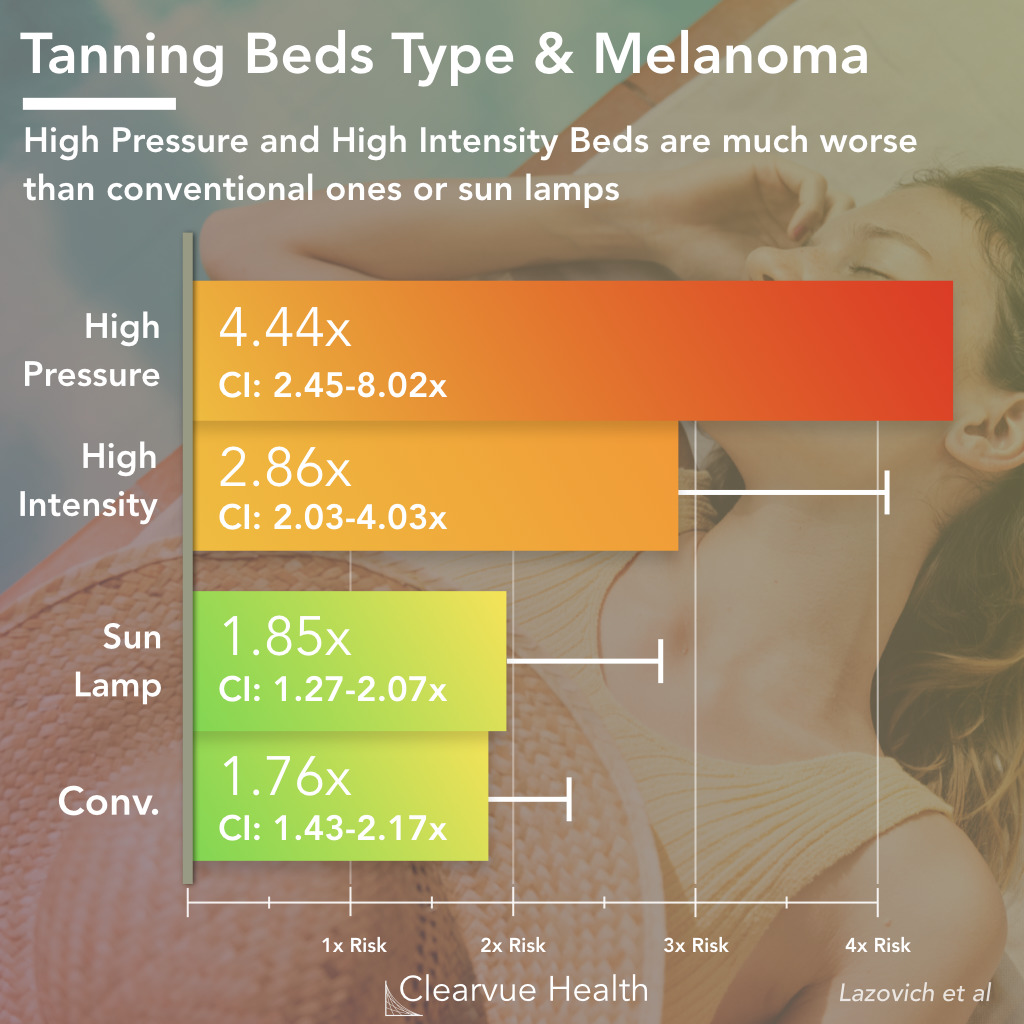
Figure 4: Tanning Bed Type and Melanoma Risk. High Pressure Beds and High Intensity tanning beds are associated with significantly higher risks of melanoma compared to conventional beds and sun lamps (in green). Colored bars represent the estimated Odds Ratio of melanoma compared to individuals who spent no time in a tanning bed. Grey bars represent the 95% Confidence Interval for the odds ratio. Risk estimates were adjusted for age, income, education, skin color, freckles, sun exposure, and sunscreen use among other factors.
The type of tanning bed used makes a significant difference in terms of melanoma risk. Tanning beds such as high pressure and high intensity beds carry much higher risks of melanoma than sun lamps and conventional beds.
High pressure tanning beds are often advertised as a more efficient way of getting tanned:
“
The UVB rays are dramatically reduced and the tanning rays (UVA) are tremendously optimized. This means you will have a beautiful rich tan in JUST 3-5 visits. You will also only require 3-4 visits PER MONTH to maintain that tan.
Sunny Days Tanning, NJ
However, the 400% increase in melanoma cancer risk is often excluded from descriptions.
Related: Soda and Cancer Risk
Another key risk factor for cancer is the amount of sugared soda you drink. A new study links sugary soda consumption to overall cancer and mortality risk:
Related: Processed Food and Cancer Risk
Processed foods have also been linked to cancer. A French study found that the amount of processed foods you eat correlates with relative risk of cancer.
Key Takeaways
This highly cited study provides reasonable estimates of the relative risks of melanoma for different variations of tanning bed use.
Based on this and other similar studies, the Surgeon General has listed tanning as a significant driver of skin cancer, including melanoma:
“
For most people in the United States, the sun is the most common source of exposure to UV radiation. UV radiation from indoor tanning devices is a less common but more easily avoidable source of UV radiation exposure than from the sun. Indoor tanning devices, such as tanning beds, tanning booths, and sun lamps, expose users to intense UV radiation as a way to tan the skin for cosmetic reasons. Although reducing UV overexposure from the sun can be challenging for some people, UV exposure from indoor tanning is completely avoidable.
US Surgeon General
The Surgeon General’s Call to Action to Prevent Skin Cancer
Any activity carries a risk, even healthy ones such as jogging and cycling. Our goal is to help individuals make the best decisions for themselves and their families through better information on the risks involved.
Methods
The study used a case-control method, which pairs over 1,167 cases of melanoma with 1,101 patients without melanoma that were selected to closely match the melanoma patients.
This allowed researchers to estimate the relative odds of developing melanoma for each factor and style of tanning.
This type of study is less accurate than a clinical trial, and can only find correlations by design. Researchers controlled for relevant factors in this study, however, it's possible that not all possible factors were adequately controlled for.




